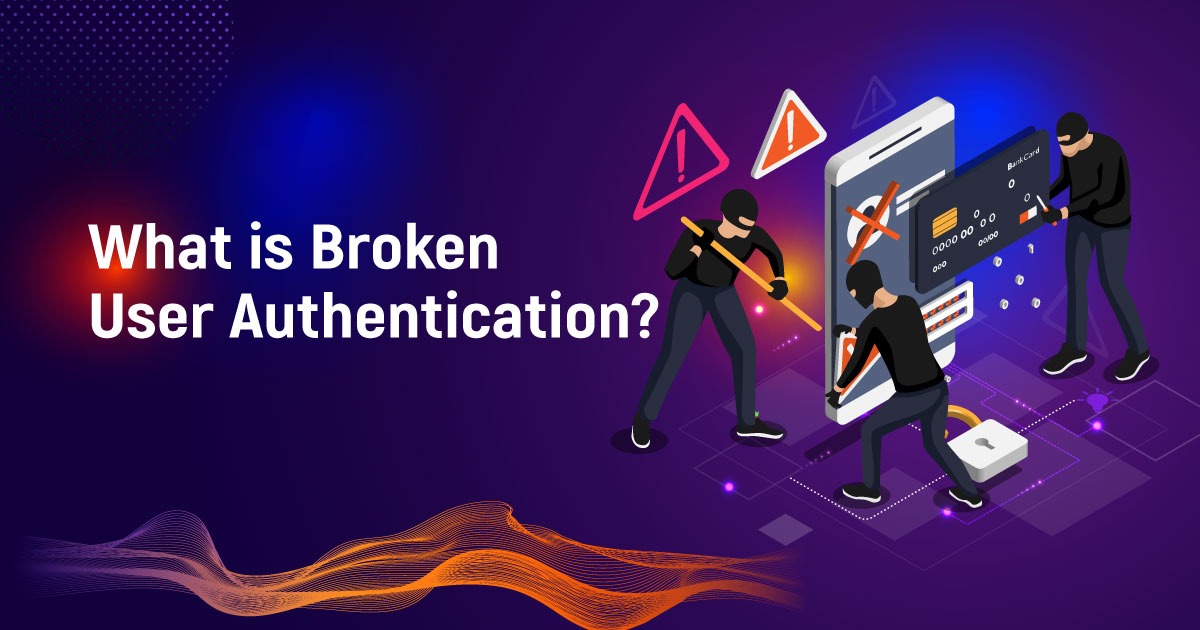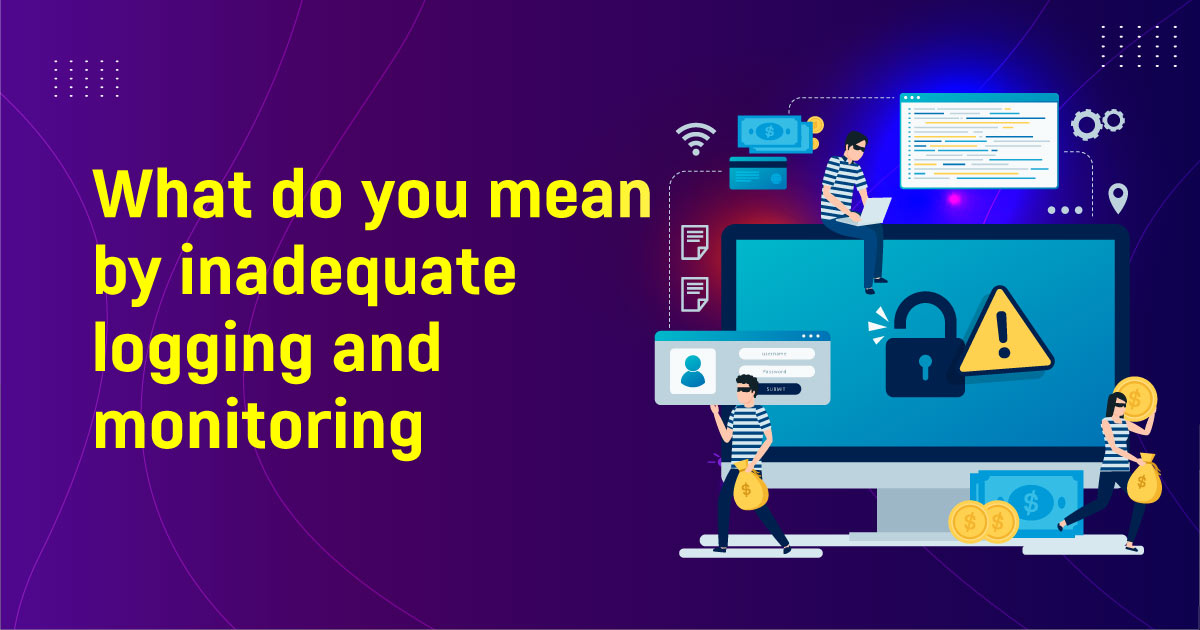Broken user authentication is a security vulnerability that occurs when an application’s authentication mechanisms are not implemented correctly. This vulnerability can allow an attacker to bypass the login process and gain access to a user’s account or sensitive information.
Different types of Broken User Authentication
According to OWASP, Broken authentication is an umbrella term for several vulnerabilities that attackers exploit to impersonate legitimate users online. Broadly speaking, user authentication can lead to several types of attacks, including:
Credential stuffing:
An attacker uses lists of usernames and passwords obtained from previous data breaches to gain unauthorized access to user accounts.
Session hijacking:
An attacker intercepts a user’s session cookie and uses it to gain access to the user’s account.
Password guessing:
An attacker tries multiple passwords until they find the correct one.
Why is it important to prevent Broken User Authentication?
Preventing broken user authentication is crucial for protecting user accounts and sensitive information. If left unaddressed, this vulnerability can lead to data breaches, identity theft, and financial losses. It is important for organizations to implement strong authentication mechanisms and regularly test their applications for vulnerabilities to prevent this type of attack.
Measures to prevent Broken Authentication

There are several measures that can be taken to prevent broken user authentication, including:
Strong password policies:
Implementing strong password policies such as enforcing the use of complex passwords and requiring users to change their passwords regularly can help prevent password guessing attacks.
Multi-factor authentication:
Implementing multi-factor authentication can provide an additional layer of security to user accounts.
Session management:
Proper session management can help prevent session hijacking attacks. This includes using secure session cookies, limiting session lifetimes, and forcing users to re-authenticate after a certain amount of time.
User input validation:
Validating user input can help prevent attacks such as SQL injection and cross-site scripting that can lead to broken user authentication vulnerabilities.
Conclusion
Broken user authentication is a serious security vulnerability that can lead to unauthorized access to user accounts and sensitive information. It is important to implement strong password policies, multi-factor authentication, proper session management, and user input validation to prevent this vulnerability. By taking these measures, organizations can protect their users and maintain the security and integrity of their applications.









